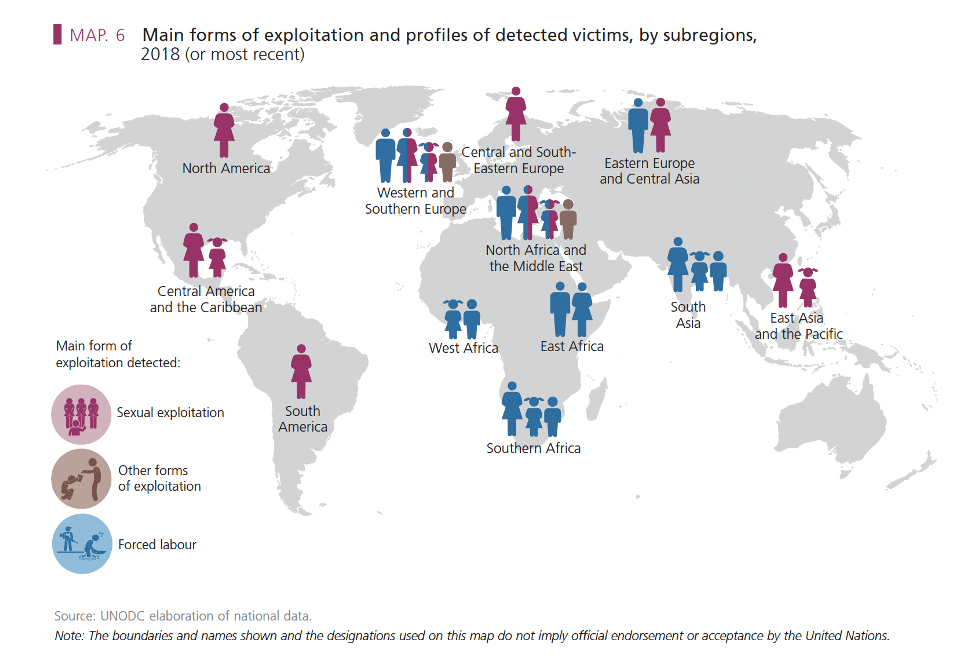UNDERSTANDING SEX TRAFFICKING
HUMAN TRAFFICKING is a multifaceted and globally pervasive crime that can take many forms. People may be forced into labor, coerced to perform sex acts, or be otherwise exploited, enslaved, transported, bought and sold.
The USA Department of State’s Trafficking In Persons (TIP) report definition:
- Sex trafficking in which a commercial sex act is induced by force, fraud, or coercion, or in which the person induced to perform such an act has not attained 18 years of age; or
- The recruitment, harboring, transportation, provision, or obtaining of a person for labor or services, through the use of force, fraud, or coercion for the purpose of subjection to involuntary servitude, peonage, debt bondage, or slavery.
A victim need not be physically transported from one location to another for the crime to fall within this definition.
Sex trafficking may be perpetrated online and in person. Anyone can be targeted, regardless of age, race, religion, gender, or economic status.
Examples of Sex Trafficking:
- A teenager is given love, validation, or a promise of future opportunity by another (often older) individual and then manipulated into performing sex acts for the gratification of other adults, either online or in person. The older party receives financial gain, and the teenager wants to keep receiving “love” and validation.
- Parents or other caretakers of young children allow other adults to sexually assault their children for financial or other gain.
- An online John requests of an internet based sex worker that she deliver images of herself assaulting her minor children, threatening that he will make compromising pictures of her public on the internet and “ruin her life” if she does not comply.
- Children are approached online and promised money in exchange for access to their photos.
Frequently, sex trafficking manipulation is subtle enough that the victim doesn’t realize that they are being trafficked. Everyone and anyone can call the sex trafficking hotline if they even suspect that trafficking may be occurring.
RESOURCES:
The Government of the United States
The United Nations
WHERE DOES IT HAPPEN?
Sex trafficking is everywhere.
A common myth is that sex trafficking only occurs in developing countries. The truth is that it happens everywhere-often in higher-income countries. It is estimated that between 15,000 to 50,000 people are forced into sexual slavery right here in the United States every year.
WHILE MODERN-DAY SLAVERY IS FOUND IN EVERY COUNTRY, HUMAN TRAFFICKING IS ONE OF THE MOST SIGNIFICANT HUMAN RIGHTS ISSUES IN INDIA.
Almost 8 million people—roughly the entire population of New York City—are trapped in human trafficking in India.
Forced labor accounts for the majority of those affected by modern slavery, however, sex trafficking remains the second most common form of trafficking.





 Quick Exit
Quick Exit